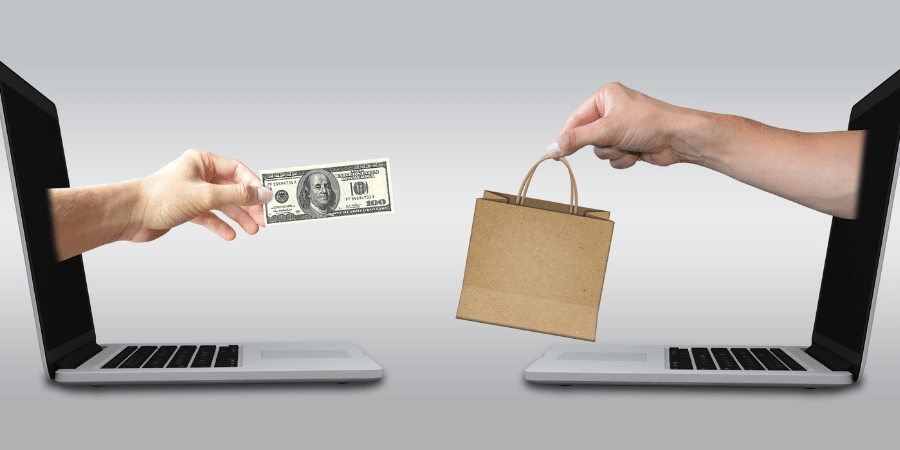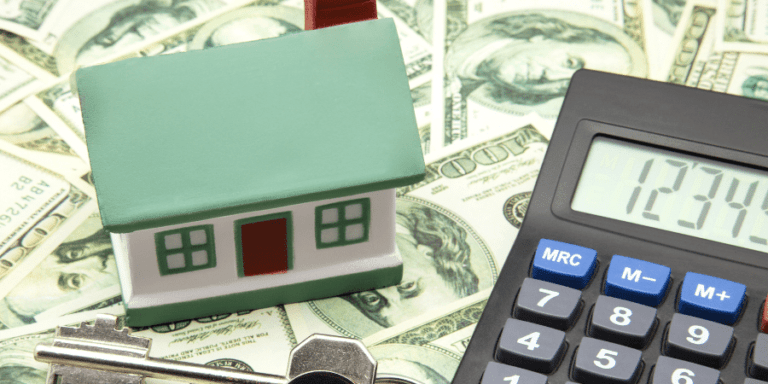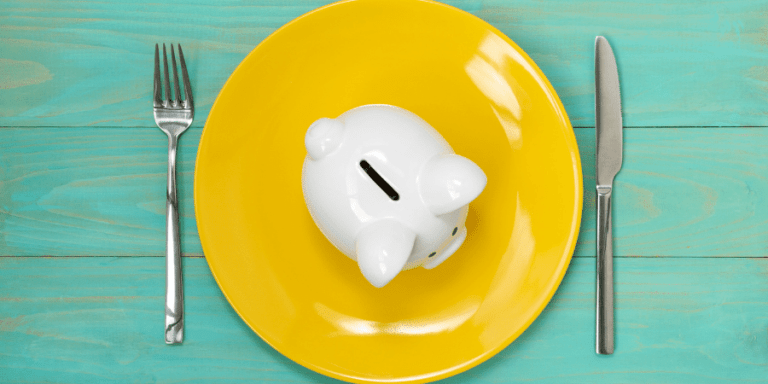AMAZON FBA VS DROPSHIPPING ON SHOPIFY – MAKE MONEY SELLING ONLINE

Overview
If you’re interested in selling products online but aren’t sure where to start, this article on Amazon FBA vs dropshipping is for you!
Here, we’ll take the Amazon FBA model and Shopify dropshipping model, two of the most popular forms of eCommerce related to the sale of physical products for those just getting started, and compare them based on five criteria.
- Start Up Costs
- Start Up Time
- Product Sourcing
- Traffic
- Earning Potential
Both of these models have been proven successful time and time again, but which is the best fit for you? Keep reading to find out!
Amazon FBA vs Dropshipping: Start Up Costs
Amazon FBA: You’ll need a pretty good chunk of change on hand to get started right with FBA. There’s really no getting around that.
A huge chunk of this is going to come from product sourcing and shipping your product to Amazon. You’ll probably end up using a Chinese supplier to trim production costs, meaning you’ll probably need to hire a company who specializes in shipping to get your product where it needs to go. Depending on your product, this can all easily cost several thousand dollars when it’s all said and done.
On top of product costs, you’ll also have some fees just setting up your business. An Amazon Seller account currently costs $39.99/month. (There are also selling fees and storage fees, but you will build those into your pricing.) You should also expect to spend some money on product research tools, branding packages, and patent research. All in all, this can also add up pretty quickly to be a few hundred dollars.
Shopify Dropshipping: Dropshipping, in comparison to almost any other type of eCommerce, has a relatively low start up cost.
While FBA requires you to purchase your products in bulk and ship them to Amazon for distribution to customers, the dropshipping model requires no upfront product purchases. Your website is more or less just a middle man between manufacturers and consumers, kind of like a giant advertisement.
Shopify fees are also currently lower, with plans starting at $29.99/month. Other site-related expenses will show up in the form of paid apps for your site.
Speaking of your site, unlike Amazon, no one will know it’s there unless you advertise it. This is where most of your early spending will be. You can spend any amount you want to here, or nothing at all if you want to really take the time to grow an audience organically through social media. But, this can quickly turn into a “get what you pay for” situation, or worse if you don’t know what you’re doing. You may even decide to hire a pro.
Bottom Line: Shopify is easily the less expensive and more financially flexible option for getting started with selling physical products.
Amazon FBA vs Dropshipping: Start Up Time
Amazon FBA: Getting started with Amazon FBA is not something that can or should be rushed. Basically, from the day you create your Seller Central account to the day you launch your product is easily going to be two months. This is primarily due to the time it takes to source your products (see next section).
Shopify Dropshipping: Meanwhile, a dropshipping site created with Shopify can be up and running in a matter of days, even for a beginner.
With Shopify dropshipping, it’s really just a matter of building your site, installing the right apps, and choosing the right products. Because you don’t need to wait on any communication from suppliers or for any products to ship, you can essentially build your store as quickly as you want to.
But, just because your site is up and running in a few days does not mean you’ll be getting sales. Remember, unlike Amazon, no one knows your site exists unless you advertise it.
So, getting your Shopify site up and running is extremely fast. Bringing in customers, however, can still take some time.
Bottom Line: There is no question that creating a Shopify dropshipping site is tremendously faster than sourcing products for Amazon FBA.
Amazon FBA vs Dropshipping: Product Sourcing
Amazon FBA: Learning how to do product research is going to take days to weeks. Actually finding a good product can take even longer. Once you find a product, communication with suppliers to get quotes typically takes another several days to weeks, depending on how much customization you plan to do. And after all this effort, if you purchase and ship from China, as many sellers do, you’ll probably spend well over a month in a holding pattern of some sort waiting on your product to reach Amazon’s distribution centers.
Once you purchase your product, it’s yours. You own it. And if you can’t sell it, you take that loss. This is good in the sense that you’ll probably work very hard at product research and at driving sales, but it’s still a considerable risk.
Shopify Dropshipping: In the dropshipping model, you will still need to do some solid product research to find out what types of items are selling. You’ll probably build your store around the products, not choose products based on your store. Unlike Amazon FBA, because you are serving in a middle man capacity between manufacturer and consumer, you do not need to purchase any products in bulk. This protects you from the risk of investing thousands into a potential flop. And, this allows you to change your product listings at any time.
Bottom Line: Amazon FBA requires a real commitment to your chosen product and is a time-consuming endeavor, while the Shopify dropshipping model allows for faster listing of products and greater flexibility in listings with little to no risk in comparison.
Amazon FBA vs Dropshipping: Traffic
Amazon FBA: You are taking advantage of one of the most well-trafficked websites on the internet when selling on Amazon. The name Amazon has become nearly synonymous with online shopping. People who visit the site are there for one thing: to make purchases. The value of this traffic cannot be overstated. If you are able to rank your product effectively and learn a little about Amazon advertising, there is no reason your product shouldn’t sell well.
Shopify Dropshipping: In contrast, when you build a Shopify store, you can expect virtually no traffic that you don’t help create. You can do this through advertising, social media, good SEO, or any other ideas you can come up with. But, the fact remains: just because you build it doesn’t mean they’ll come. You can easily wind up with a fantastic store sitting in a corner of the web never seen by anyone.
Bottom Line: The importance of the traffic provided by Amazon cannot be emphasized enough. If no one sees your products, no one buys your products. Your products have a much greater chance of being seen on Amazon than nearly anywhere else.
Amazon FBA vs Dropshipping: Earning Potential
Bottom Line: There isn’t really much to say on this point. Either of these options can theoretically earn you significant profits. I would not personally attempt to put a number to this question. I will only say that nearly any business can be scaled as far as the owner of the business wants to take it if they understand the business well enough.
Conclusion
Lets put this all side by side:
| Criteria | Amazon FBA | Shopify Dropshipping |
| Start Up Cost | Easily thousands of dollars | Can be done for under $100 |
| Start Up Time | Months | Days |
| Product Sourcing | Major investment of time and money | No upfront costs, major flexibility |
| Traffic | Millions of shoppers visiting daily | None, unless you bring some in |
| Earning Potential | As much as you can scale to | As much as you can scale to |
So, which is right for you? Want to learn more? Check out the articles below!
And as always, regardless of your money goals, you can “Bank on a Budget” to get you from where you are to where you want to be!
Both of these models have been proven successful time and time again, but which is the best fit for you?
Latest posts by Alex (see all)
- Financial Coaching Services - January 18, 2022
- TOP 10 PERSONAL FINANCE MYTHS THAT ARE HOLDING YOU BACK - February 26, 2021
- HOME BUYING EXPENSES CHECKLIST – 14 COSTS TO BE READY FOR - February 26, 2021







Which option do you think sounds like a better fit for you?